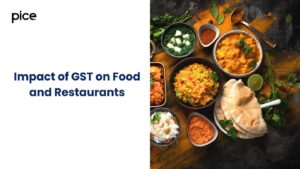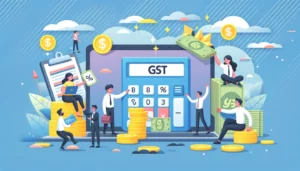What are the Rules for GST Input Tax Credit?
- 25 Aug 24
- 11 mins
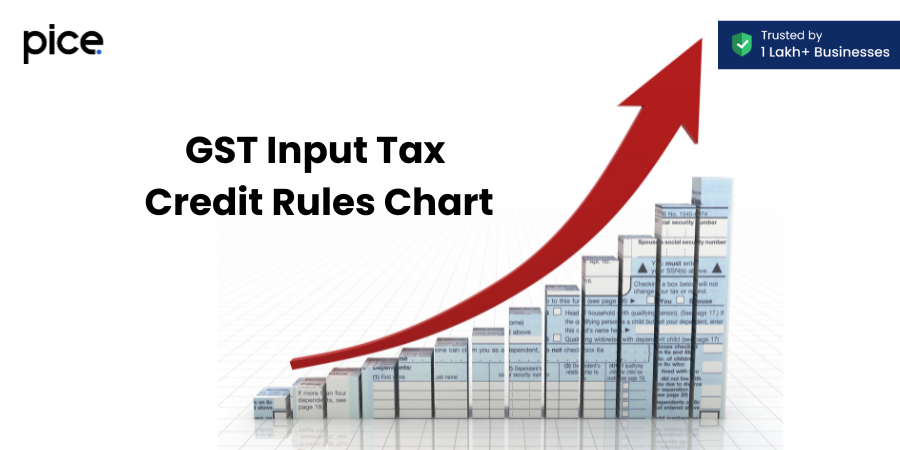
What are the Rules for GST Input Tax Credit?
Key Takeaways
- Claiming ITC: Ensure valid tax invoices, reconcile with GSTR-2A, and report accurately in GSTR-3B to claim Input Tax Credit.
- Time Limit: ITC must be claimed by the due date for the September return or the annual return, whichever is earlier, of the following financial year.
- Reversal of ITC: ITC must be reversed if used for non-business purposes, goods are lost/stolen, or payment is not made within 180 days.
- Blocked Credits: ITC cannot be claimed on items like personal use goods, motor vehicles, and life insurance unless mandated by law.
- Capital Goods ITC: ITC on capital goods can be claimed if used for business purposes, but the tax component should not be included in depreciation.
Among the numerous aspects of GST, one stands out due to its potential to significantly impact your business finances – the input tax credit (ITC). ITC is a cornerstone of the GST system, designed to avoid the cascading effect of taxes and reduce the overall tax burden on businesses.
Understanding ITC is essential for optimizing your tax liabilities and ensuring compliance.
What is an input tax credit?
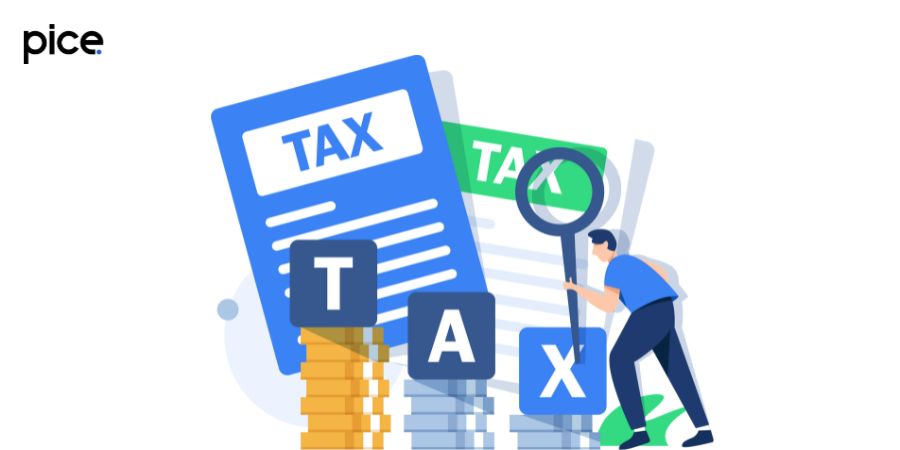
Input Tax Credit (ITC) is a mechanism under the Goods and Services Tax (GST) regime that allows registered persons to claim credit for the tax paid on inputs, capital goods, and input services used in the course of their business.
The ITC is credited to the electronic credit ledger of the registered person and can be utilized to pay the output tax liability. When a business buys goods or services to use in its operations, it pays GST on those purchases. ITC lets the business subtract this GST paid from the GST they collect from their customers.
Who Can Claim ITC?
Not everyone is eligible to claim ITC. To be eligible, you must be a registered taxpayer under GST. This means you have obtained a valid GST registration and are filing your GST returns regularly. However, there are specific conditions that need to be met:
- You should have a valid tax invoice or debit note.
- The goods or services must have been received.
- The supplier must have deposited or paid the government the tax levied on your purchases.
What Can Be Claimed as ITC?
Input Tax Credit (ITC) is a crucial component under the GST regime that allows registered taxpayers to claim credit for the GST paid on purchases made in the course of their business. Below are the details on what can be claimed as ITC, including necessary conditions and exclusions:
Eligible Items for ITC
- Taxable Supplies: ITC can be claimed on goods and services that are taxable under GST. These supplies must be used in the course or furtherance of business.
- Credit on Capital Goods: ITC can be claimed on capital goods used in the business, provided they are not used for exempted or non-business purposes.
- Credit of Tax Paid: The tax paid on purchases must have been deposited with the government by the supplier, and this must be reflected in the recipient’s electronic credit ledger.
- Tax Period: ITC claims should be made within the same tax period in which the goods or services are received and invoices are issued.
- Issue of Invoice: The claim for ITC should be based on a valid tax invoice or debit note received from the supplier.
How to claim ITC?
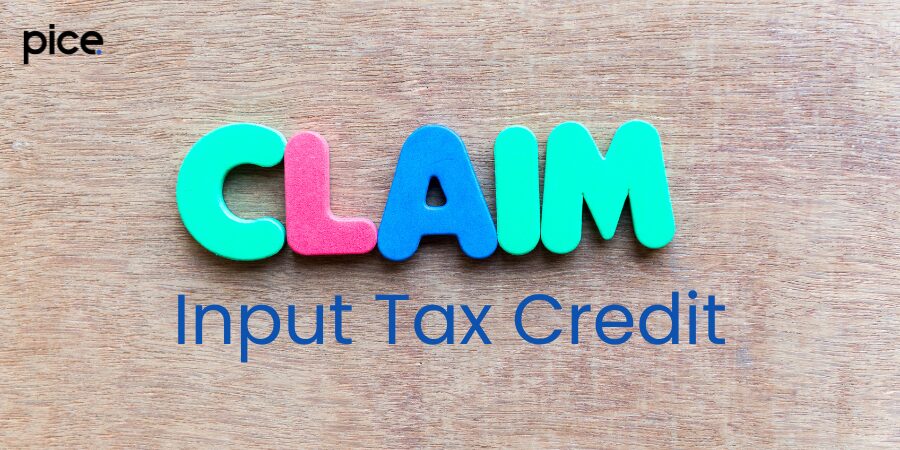
Claiming ITC involves several steps:
Step-by-Step Process to Claim ITC
Step 1: Maintain Proper Documentation
- Tax Invoices: Ensure you have all the original tax invoices from your suppliers.
- Debit Notes: Keep any debit notes issued by suppliers.
- Other Relevant Documents: Maintain other necessary documents such as delivery challans, bill of entry, etc.
Step 2: Eligibility for ITC
- Business Purpose: ITC can only be claimed if the goods or services are used for business purposes.
- Tax Invoice Receipt: You must have received the goods or services.
- Supplier Payment: Ensure payment to the supplier is made within 180 days from the date of the invoice.
- GST Registration: Both the supplier and the recipient should be registered under GST.
Step 3:Filing GSTR-3B:
- Monthly/Quarterly Return: File your GST returns monthly or quarterly through Form GSTR-3B.
- Total ITC Available: Declare the total ITC available for the tax period in GSTR-3B.
- Offset Liability: Use the available ITC to offset your GST liability.
Step 4: Matching and Reconciliation:
- GSTR-2A/2B Reconciliation: Match the ITC claimed in GSTR-3B with the details provided by your suppliers in their GSTR-1, which auto-populates in your GSTR-2A/2B.
- Resolve Discrepancies: If there are any mismatches, communicate with your suppliers to rectify the discrepancies.
- Claim Eligible ITC: Only claim the ITC that matches with GSTR-2A/2B to avoid any future issues during GST audits.
Step 5: Conditions and Restrictions:
- Blocked Credits: Be aware of blocked credits which are not eligible for ITC as per Section 17(5) of the CGST Act, such as ITC on motor vehicles, personal use, etc.
- Time Limit: ITC must be claimed within a specific time frame, usually before the due date of filing GSTR-3B for the month of September following the end of the financial year or the date of filing the annual return, whichever is earlier.
Step 6: Retention of Records
- Maintain Records: Keep all records for at least 72 months from the due date of furnishing the annual return for that year.
Reversal of Input Tax Credit
There are certain situations where you may need to reverse the ITC claim. This includes cases where:
- Goods or services are used for non-business purposes.
- Goods are lost, stolen, or destroyed.
- Payments to the supplier are not made within 180 days.
Reversal involves adding the ITC amount back to your output tax liability.
ITC Reconciliation

Input Tax Credit (ITC) reconciliation is a critical process in the GST framework. It ensures that the ITC claimed by a business matches the ITC available as per the supplier's records. This process helps identify discrepancies, such as mismatches in invoice details or delays in supplier filings, ensuring compliance and avoiding penalties.
Common Issues in ITC Reconciliation
- Invoice Mismatches: Differences in the details between the buyer's and supplier's invoices can lead to discrepancies.
- Delayed Supplier Filings: If suppliers delay filing their GST returns, it can affect the ITC claims of the recipient.
- Incorrect ITC Claims: Claiming ITC on ineligible items, such as personal consumption or exempt supplies, can lead to reversals.
Documents Required for Claiming ITC
To claim ITC, businesses need to maintain the following documents:
- Invoices: These serve as proof of purchase and must contain all necessary details, such as the supplier's GSTIN, invoice number, and date.
- Debit and Credit Notes: Any changes to the original invoice must be documented through debit and credit notes.
- Other Documents: This includes bill of entry for imports, ISD (Input Service Distributor) invoices, and any other relevant documents.
ITC for Capital Goods
Input Tax Credit (ITC) on capital goods plays a crucial role in reducing the tax burden for businesses under the GST regime. Capital goods are assets that a business uses in its production process for more than a year. Here’s how ITC for capital goods works and what businesses need to keep in mind:
- Eligibility: ITC can be claimed on capital goods used exclusively for business purposes. If capital goods are used for both business and non-business (personal) purposes, ITC is available only for the business portion.
- Claim Process: The ITC on capital goods is claimed similarly to other inputs. Businesses must ensure they have a valid tax invoice, proof of receipt of the goods, and that the supplier has uploaded the relevant details in their GST returns.
- Depreciation: The tax component on which ITC is claimed should not be included in the depreciation amount of the capital goods. This is to avoid double benefits under income tax and GST.
Composition Scheme
Under the GST composition scheme, small taxpayers can pay GST at a fixed rate of turnover and avoid the hassles of detailed compliance. However, businesses under the composition scheme cannot claim ITC on their purchases.
- Eligibility: This scheme is available for small businesses with a turnover of up to ₹1.5 crore (₹75 lakh for special category states).
- Tax Rates: Different rates are applicable for manufacturers, traders, and service providers under the composition scheme.
Job Worker
When goods are sent to a job worker for processing, ITC can be claimed by the principal manufacturer on inputs and capital goods sent to the job worker.
- Documentation: Proper documentation, including challans and job work returns, is essential for claiming ITC.
- Time Limit: The inputs must be received back within one year and capital goods within three years to avoid ITC reversal.
Contract Services
For businesses providing contract services, ITC can be claimed on inputs used in providing these services.
- Eligibility: Ensure that the inputs are directly related to the services provided and not for personal use.
Outward Supplies
ITC is primarily claimed on inputs used for outward supplies. Maintaining accurate records and timely reconciliation helps maximize ITC benefits.
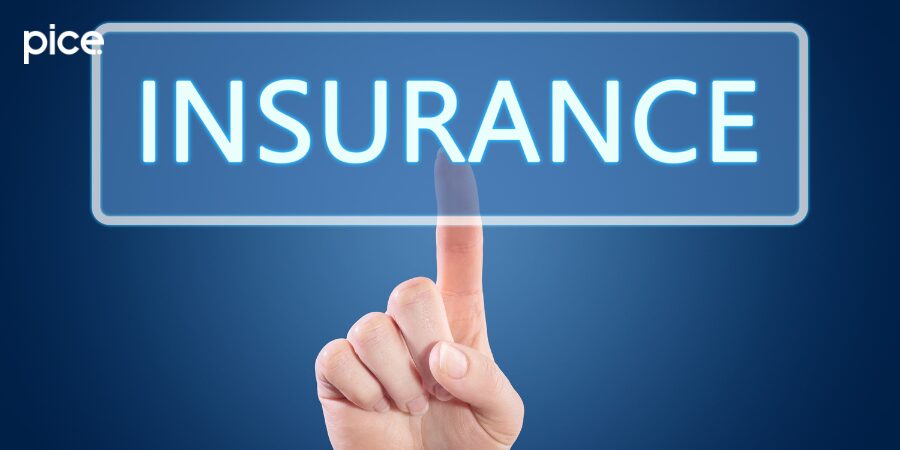
Life Insurance and Health Insurance
- ITC Restrictions: ITC on life insurance and health insurance is restricted unless it is mandated by law.
Reverse Charges
Under the reverse charge mechanism, the recipient of goods or services is liable to pay GST instead of the supplier.
- Documentation: Proper documentation and timely payment of taxes are essential to claim ITC under reverse charge.
Travel Benefits and Fitness Centre
- ITC Disallowance: ITC on travel benefits provided to employees or fitness center memberships is generally not allowed.
Immovable Property
ITC on goods and services used in the construction of immovable property is not allowed, except for plant and machinery.
Seamless Flow of ITC
To ensure a seamless flow of ITC, businesses must adhere to compliance norms, maintain accurate records, and regularly reconcile their accounts.
ITC is provided by the input service distributor (ISD)
An ISD is a branch office that receives tax invoices for services used by other branches. The ISD distributes the ITC to these branches proportionately. This mechanism ensures that businesses can efficiently utilize ITC across different locations.
ITC on Transfer of Business
When a business is transferred due to sale, merger, or any other reason, the unutilized ITC can be transferred to the new entity. The new entity needs to file Form GST ITC-02 to claim this ITC.
Amendments in ITC Rules
The ITC rules are periodically updated to improve compliance and address emerging issues. Recent amendments may include changes in the documentation process, reconciliation procedures, or new eligibility criteria. Staying updated with these changes is crucial for maximizing ITC claims.
Conclusion
Proper management of ITC is essential for businesses to reduce their GST liability and maintain compliance. By understanding who can claim ITC, what can be claimed, and the process involved, businesses can significantly optimize their tax position. Regular reconciliation and staying updated with amendments are key to leveraging ITC effectively.
💡If you want to pay your GST with Credit Card, then download Pice Business Payment App. Pice is the one stop app for paying all your business expenses.









